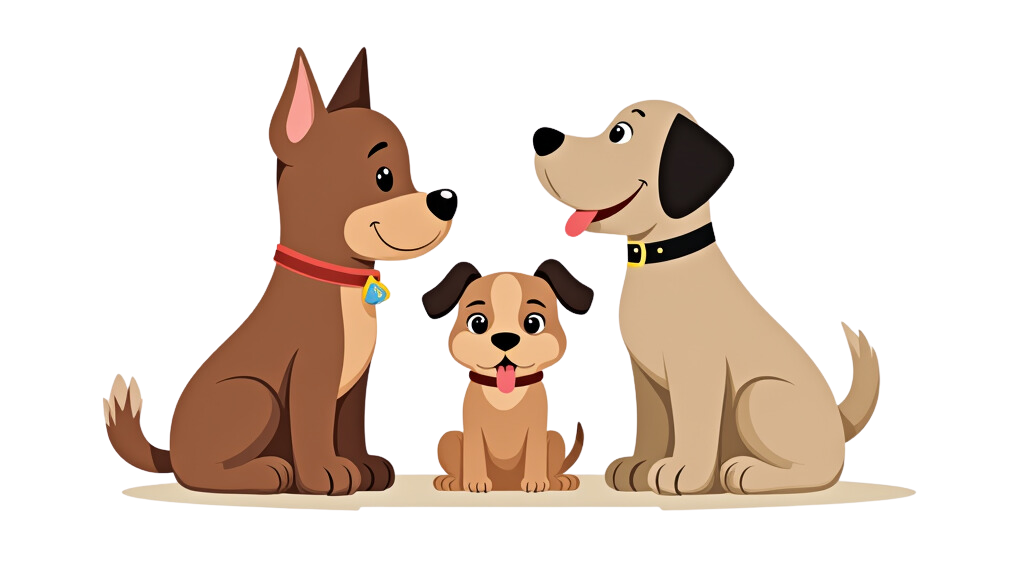Bringing home a second dog seems like a dream—double the love, double the fun, and a built-in best friend for your current pup. But before you make this big decision, there are some important factors to consider.
I remember when I brought Charlie, my high-energy Labrador, into my home. He had boundless energy, loved meeting new friends at the dog park, and always seemed happiest when he had another dog to play with. After months of debating, I finally adopted Luna, a gentle rescue mutt with soulful eyes. While the experience has been rewarding, it also came with its fair share of challenges.
If you’re considering getting a second dog, let’s break down the pros, cons, and key factors to help you determine if your home is ready for a new four-legged family member.

1. Is Your Current Dog Ready for a New Companion?
Dogs have unique personalities, just like people. While some thrive in multi-dog households, others prefer being the only pet. Before adopting a second dog, assess how well your current dog would adjust to having a sibling.
Signs Your Dog Might Enjoy a Companion:
✔ Social and Playful – If your dog loves playing with other dogs and gets along well with them at the park, they may enjoy a full-time buddy.
✔ Energetic and Active – If your dog has endless energy and constantly seeks playtime, a second dog can help burn off that energy.
✔ Separation Anxiety – If your dog struggles with being alone, having a second dog can reduce loneliness and anxiety.
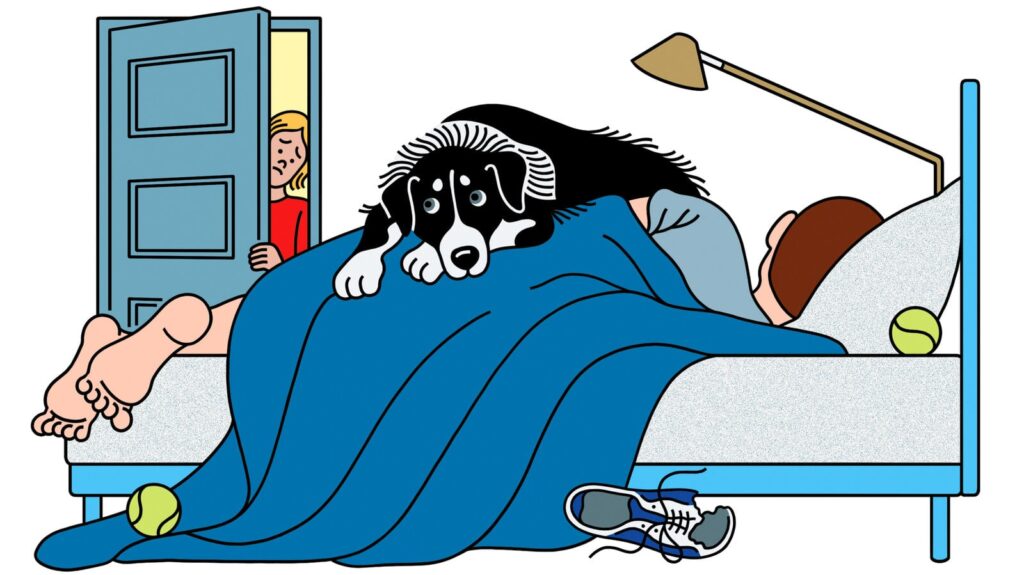
Signs Your Dog Might Prefer Being Alone:
❌ Territorial or Possessive – If your dog guards food, toys, or personal space, they may not enjoy sharing.
❌ Easily Stressed or Anxious – If your dog is already nervous or reactive around other dogs, adding another pet could cause more stress.
❌ Aggressive Toward Other Dogs – Some dogs simply prefer human companionship over canine companionship.
🚨 Reality Check:
When I first brought Luna home, Charlie was thrilled—but a few days in, he started guarding his toys and acting jealous when I petted her. It took some time (and training) for them to adjust to sharing space, attention, and treats!

2. Do You Have Enough Time for Two Dogs?
A second dog does not mean half the work—it means twice the responsibility.
Training
- A new puppy or untrained rescue will need housebreaking, obedience training, and socialization.
- Even if your first dog is well-behaved, bad habits can spread (Charlie started barking at the door after Luna joined!).
Exercise and Playtime
- Double the energy means double the playtime—are you prepared for more walks, games, and activities?
- Certain breeds need extensive physical and mental stimulation, and if you don’t provide it, your furniture might suffer.
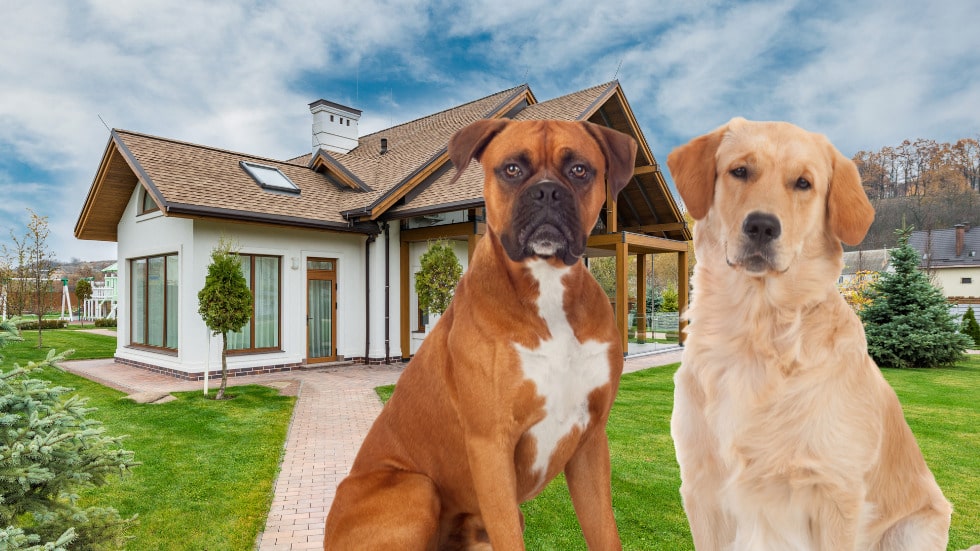
One-on-One Attention
Dogs aren’t always best friends from day one. They each need separate bonding time with you to prevent jealousy.
🚨 Reality Check:
The first few weeks with Charlie and Luna were hectic. I had to walk them separately to teach Luna how to behave on a leash and make sure Charlie still got his usual attention. It took effort, but now they’re the perfect adventure duo!
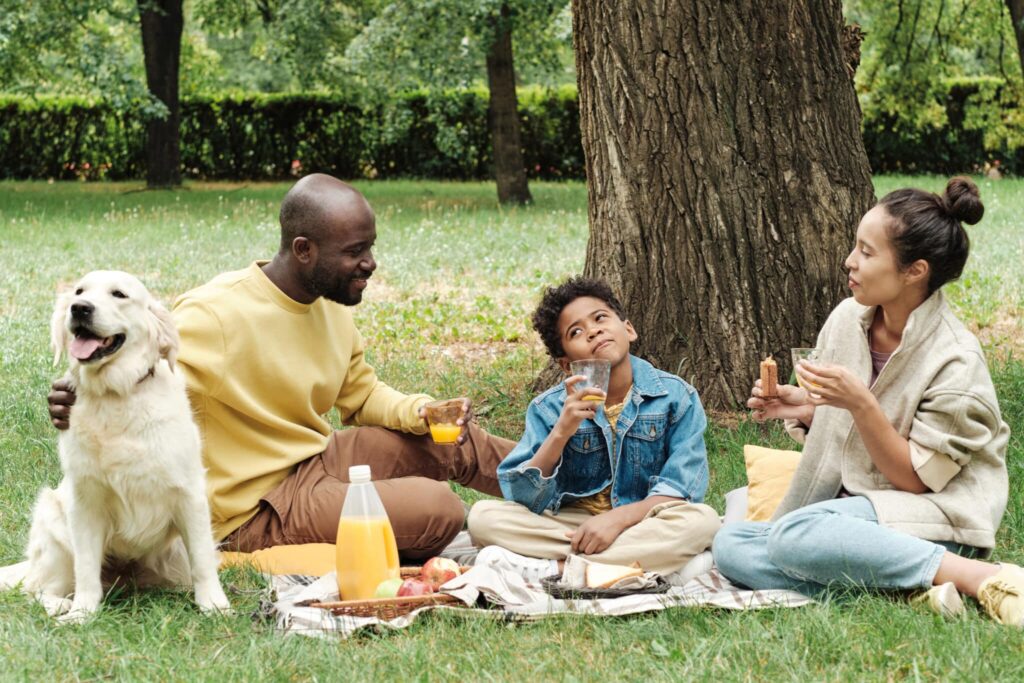
3. The Financial Reality of Owning Two Dogs
Owning a dog isn’t cheap—and two means double the costs.
Expenses to Consider:
💰 Food – A second dog means twice the kibble, treats, and special diets.
💰 Vet Bills – Annual checkups, vaccinations, and unexpected illnesses add up fast.
💰 Grooming – Some breeds need regular grooming, which doubles the cost.
💰 Training or Boarding – If you travel or need doggy daycare, expect increased fees.
Hidden Costs:
🐶 Accidents & Property Damage – New dogs may chew furniture, have accidents indoors, or dig up your yard.
🐶 Emergency Vet Visits – Injuries, illnesses, and unforeseen health issues can happen.
🚨 Reality Check:
When Luna needed emergency surgery, I quickly realized the importance of budgeting for pet expenses. Having pet insurance helped, but costs still add up!
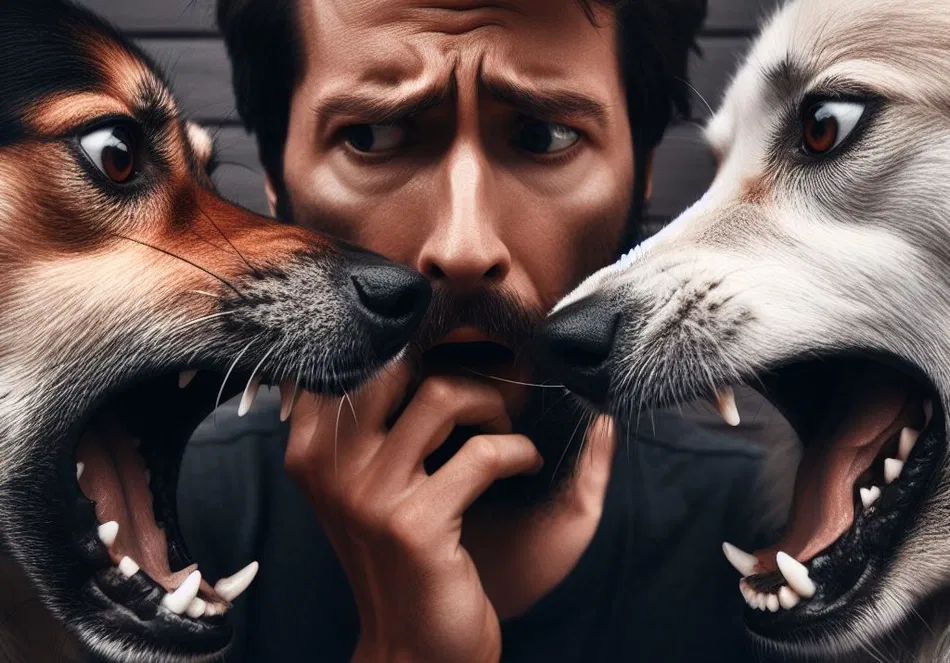
4. How to Choose the Right Second Dog
Not all dogs get along, so choosing a compatible second dog is crucial.
Best Practices for Compatibility:
✅ Match Energy Levels – If you have a couch-potato dog, a hyperactive puppy might annoy them. Similarly, if your current dog is full of energy, a laid-back companion may not be a good match.
✅ Consider Age – A senior dog may not appreciate a playful puppy bouncing all over them. Dogs of similar ages and activity levels often work best.
✅ Opposite Sex Pairings Work Well – Male and female dogs tend to get along better than two males or two females, which can lead to dominance struggles.
✅ Size Compatibility Matters – A tiny Chihuahua and a Great Dane may not be the best match—size differences can lead to accidental injuries during play.
🚨 Reality Check:
I chose Luna because she was slightly younger than Charlie but not a tiny puppy. Their energy levels matched, and their personalities balanced each other well!

5. The Right Way to Introduce a Second Dog
Bringing a second dog home is exciting, but a rushed introduction can lead to disaster.
Step-by-Step Introduction Guide:
🐾 Meet on Neutral Ground – Start at a park or neutral location so your first dog doesn’t feel territorial.
🐾 Walk Together First – Let them sniff each other while walking, keeping both leashed and under control.
🐾 Monitor First Interactions – Keep initial home interactions supervised and short.
🐾 Provide Separate Spaces – Each dog should have their own food bowls, beds, and personal space at first.
🐾 Slowly Increase Interaction – Over a few days, allow more playtime together while watching for signs of tension.
🚨 Reality Check:
Charlie and Luna ignored each other at first but warmed up after a few days. Now, they’re inseparable, but I made sure they had their own beds and bowls to avoid competition.

6. The Benefits of Owning Two Dogs
When done right, a second dog can enhance your home and enrich your current dog’s life.
🐾 Built-In Playmate – No more lonely afternoons for your dog while you’re at work.
🐾 Increased Activity – They’ll keep each other entertained and engaged.
🐾 Emotional Comfort – Dogs comfort each other, especially during storms, fireworks, or stressful situations.
🐾 More Love! – Twice the tail wags, kisses, and snuggles!
🚨 Reality Check:
Now that Charlie has Luna, he never gets bored, and watching them chase each other in the yard is pure joy.
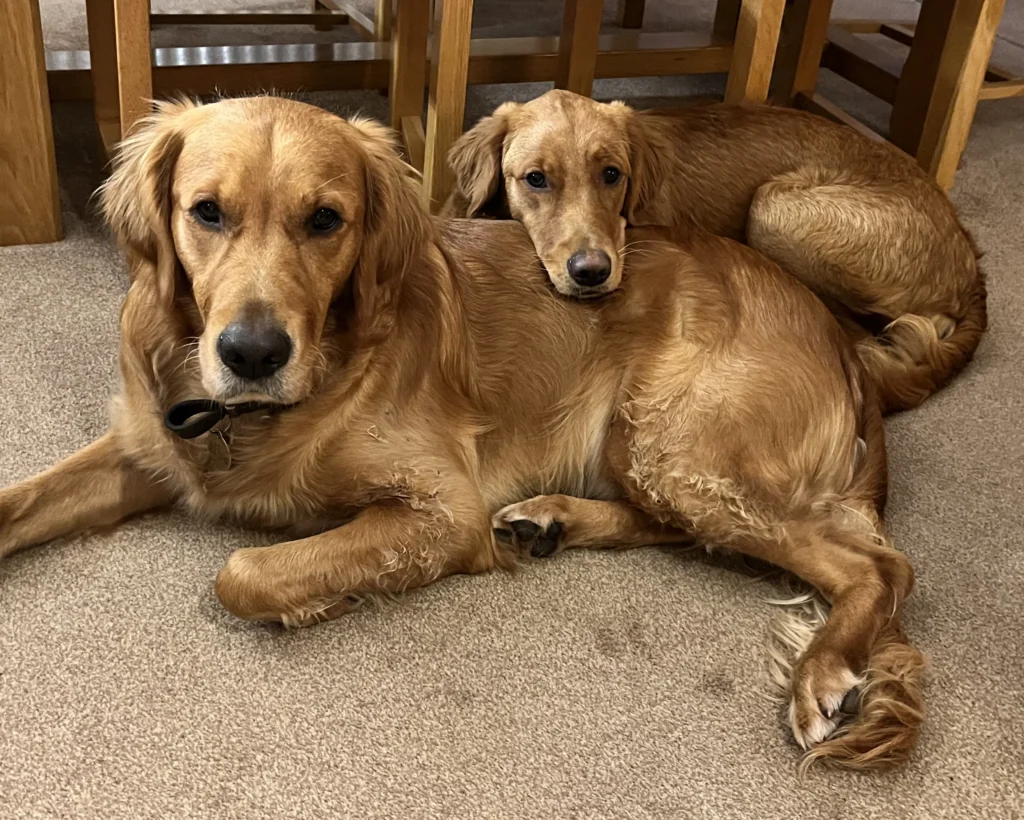
Final Verdict: Should You Get a Second Dog?
Getting a second dog is a life-changing decision, and while it comes with challenges, responsibilities, and extra costs, it can also be one of the most rewarding experiences ever.
✔ If your current dog is social, you have the time, space, and finances, go for it!
✔ If your dog prefers to be alone, or you’re unsure about handling two dogs, reconsider.
For me, getting Luna for Charlie was the best decision—our home is twice as full of love and laughter.🐾 Thinking about getting a second dog? Tell me your experiences in the comments!

